Kalanchoe Tomentosa Tissue Culture
$7.74
Kalanchoe Tomentosa, known as pink-flanked plant, pink feathery plant or cocoa plant is a succulent in the family Kalanchoe. It is a common native of Madagascar, where it flourishes in dry, hot and alkaline soils. This succulent also grows well in sunny conditions. Kalanchoe Tomentosa is a deciduous perennial that flowers from late spring to early summer.
Out of stock
SKU: KAATOM800105T
Category: Tissue culture
Kalanchoe Tomentosa Uses:-
- Kalanchoe Tomentosa is an ideal plant for containers because it is a very hardy, full-size tree that can be planted in any kind of pot. The Tomentosa is a deciduous or annual plant which requires partial to full sun to thrive. It is an ideal plant for a backyard but does not do well in heavy shade or in soil that remains wet for a long time. To get the best out of your Kalanchoe Tomentosa or to prevent it from drying out completely, you need to know how to properly care for this beautiful succulent.
- Growing Kalanchoe Tomentosa in a pot lies in part with you knowing what the plant needs in order to thrive. The succulents actually need a lot of light in order to produce bright flowers and leaves. Because they’re grown in full sun, the leaves of Kalanchoe have a dark red colouring. Leaves, however, turn shades of purple during their flowering season.
- It is very important to check the soil of your Kalanchoe plant at least once a week during the growing season. In fact, checking the soil weekly during the summer months is even more important, since the soil dries out more easily than in the winter. When the soil is dry, Kalanchoe will not grow as well. If the leaves and flowers are still appearing after three weeks, you might need to water the plant a bit more often. Do not water the plant too deeply though, or else the roots may be damaged by the excess water.
- Most gardeners who are new to Kalanchoe growing will mistakenly water their Kalanchoe cactus too often. For one thing, young plants are actually more sensitive to over-watering than older plants, and young Tomentosa plants can get burned easily. Since they’re grown in full sunlight, young Kalanchoe plants are most sensitive to over-watering, so make sure that your pots are always filled about two-thirds full of water when the soil is moist.
Kalanchoe Tomentosa Health benefits:-
- Health Benefits of Kalanchoe Tomentosa Plant. What is this little Kalanchoe from India that has been used in Chinese medicine for thousands of years? What can this ancient remedy for diabetes do for me? In this article, I will show you the many health benefits of Kalanchoe Tomentosa extract.
- As a diabetes medication, Kalanchoe is used to lower blood glucose levels. This plant has been used in the past as a food and as a remedy for diabetes. Before, it was used in Chinese medicine to treat high blood glucose. Today, scientists are still trying to figure out all the health benefits of Kalanchoe.
- But what makes this little wonder so beneficial? As a medicinal plant, it contains a lot of vitamins and minerals that are important to our bodies. It contains many antioxidants that are good for our health. It has been shown to be effective against different types of cancer, including renal cell cancer and pancreatic cancer. And it has anti-inflammatory properties.
- For diabetics, the benefits of Kalanchoe Tomentosa are even more obvious. Because it lowers blood glucose levels, it helps control diabetics’ episodes of diabetes. If blood glucose levels get too high, it can also cause hypoglycemia or low blood sugar, which is dangerous for diabetics. So the more the plant is used, the better it is at helping to control diabetes.
- The benefits don’t end there. Kalanchoe is also known as a powerful energy booster. It can be used to improve energy levels and performance and as an energy booster. And it can even increase mental sharpness. It has been used by athletes for its abilities to reduce injuries and increase endurance. And it has been used as a healing agent for cuts and bruises, making them heal faster and preventing them from coming back.
- In the recent years, more people have started growing kalanchoe. Today, it’s widely available in nurseries, and the leaves can be bought in the form of tea. But to enjoy the benefits of kalanchoe, it should be freshly picked off the plants. And to take full advantage of its health benefits, it must be taken in the purest form. If you do grow kalanchoe in your garden, you should get in touch with a Kalanchoe specialist and get fresh Kalanchoe shipped to you.
- Apart from the health benefits, it’s also used as an anti-inflammatory herb that can be used to treat arthritis, psoriasis and other rashes. It can also be used as a gargle or a mouthwash to cure toothaches. And it’s not the only thing that can be treated using this herb – it can also be used to treat common colds and fever, nausea and vomiting, skin diseases like scabies and eczema, and menstrual pain.
Kalanchoe Tomentosa Properties:-
- Don’t fertilize your Kalanchoe plant with any type of fertilizer unless you have thoroughly soaked the soil before planting it. Most gardeners are surprised to find that Kalanchoe cacti are complete without interest in fertilizer. It’s only once they start growing, around the third week of life, that they’ll need any additional nutrients. The best way to give your Kalanchoe a good start on its fertilizer regime is to let the soil drain naturally each day, while gently mowing the young cacti around the edges of the potting soil.
- Just like any other cacti or succulent plant, Kalanchoe leaves and flowers grow in distinct bands called fascia. On the underside of the leaves, you can usually see tiny white hairs which are the pollen glands of the Kalanchoe plant. These hairs, which are visible to the naked eye, are the tomentose hairs. From time to time, some of these hairs will grow into white furry spikes which is actually the Kalanchoe bracts.
- The Kalanchoe bracts provide the Kalanchoe plant with moisture as well as sucking up nutrients from the soil as it grows. Because of this unique trait, the Kalanchoe bracts are far more effective in helping to conserve moisture than other cacti or succulents. If you want to grow a Kalanchoe outdoors, one of the most important things that you must remember is to never over water the Kalanchoe plant. It is far better to over mist the Kalanchoe plants to encourage the rapid growth of these amazing plants.
Be the first to review “Kalanchoe Tomentosa Tissue Culture” Cancel reply
Related products
Tissue culture
$8.22
Tissue culture
$4.77
Tissue culture
$7.74
Tissue culture
$6.87
Tissue culture
$7.38
Tissue culture
$6.87
Tissue culture
$9.33
Tissue culture
$9.33

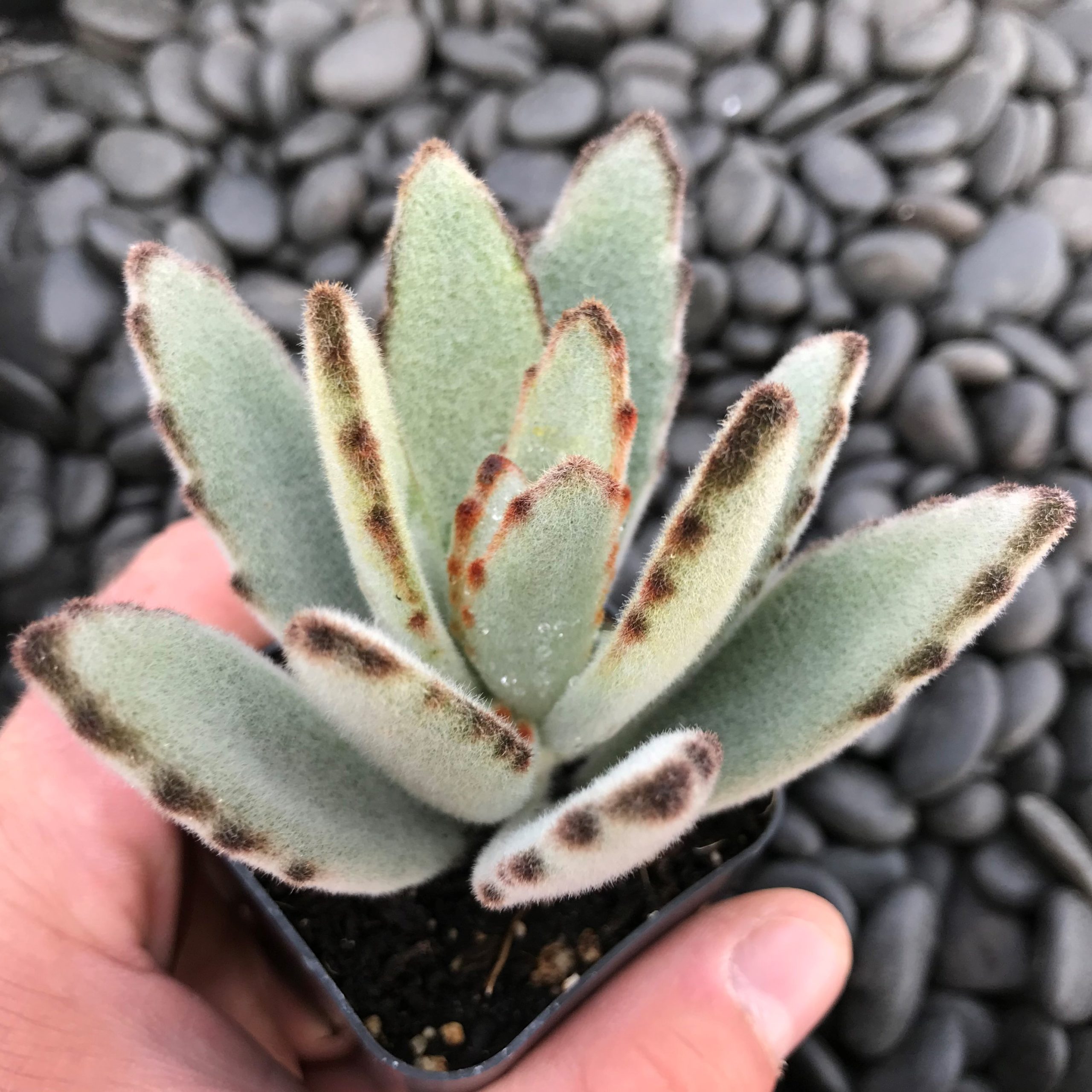
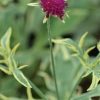
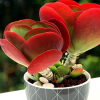
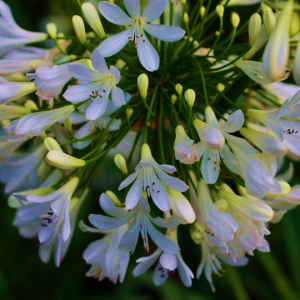
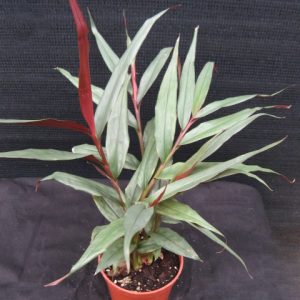
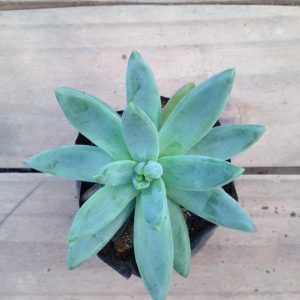
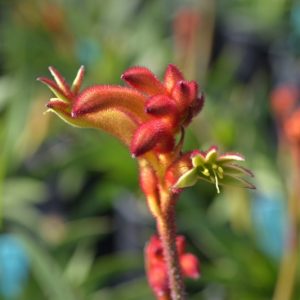
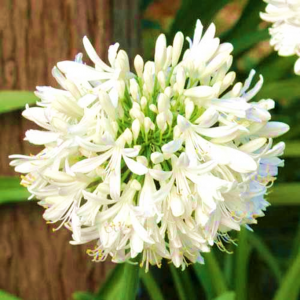
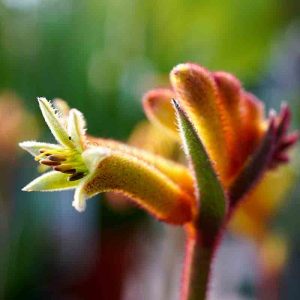
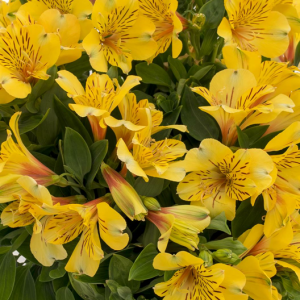
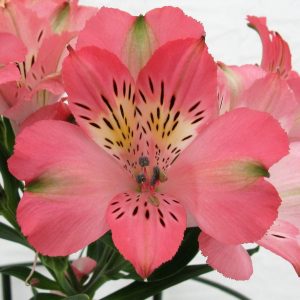
Reviews
There are no reviews yet.